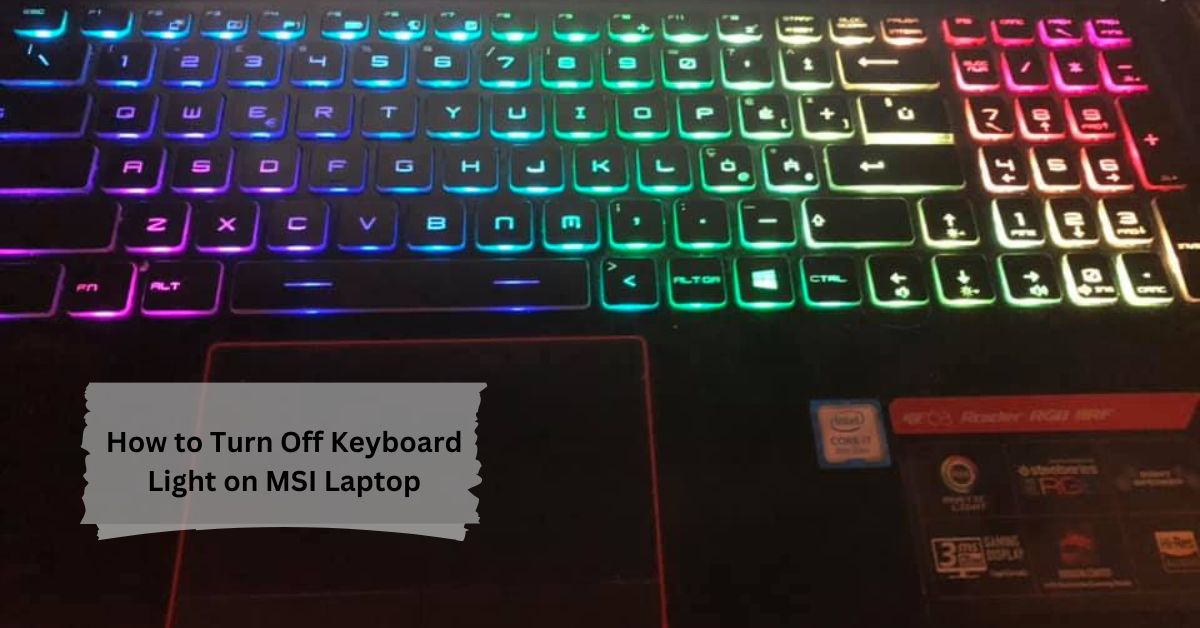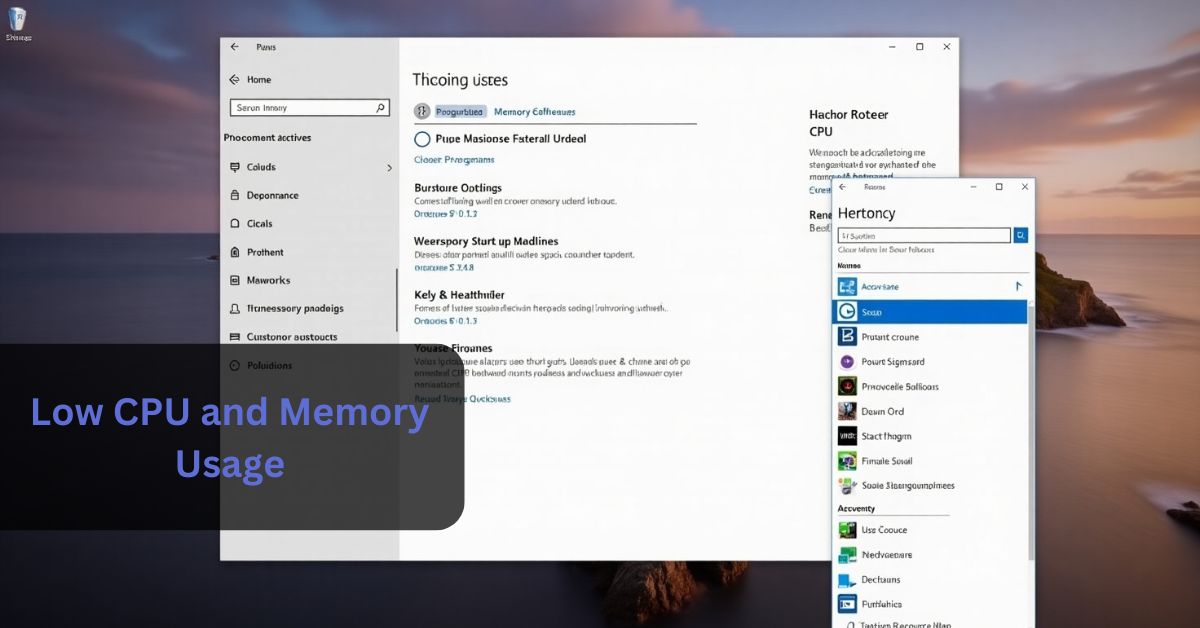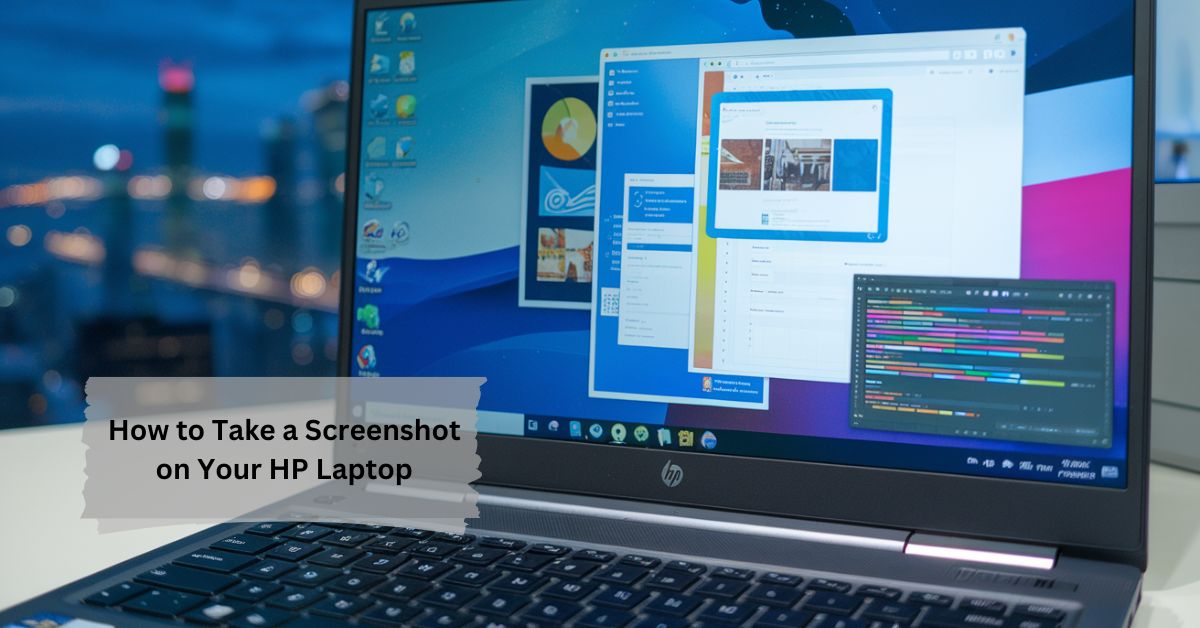Managing the cooling system of your HP Pavilion Gaming Laptop is essential for ensuring its peak performance and longevity. Overheating can lead to performance throttling, reduced hardware lifespan, and even potential damage to your system.
To control fans on an HP Pavilion Gaming Laptop, you can adjust settings through the BIOS, use HP Support Assistant for diagnostics, or install third-party software for more detailed control. Regular maintenance, such as cleaning vents and using a cooling pad, is also important for effective cooling.
This in-depth guide will walk you through various methods to control the fans on your HP Pavilion Gaming Laptop, including BIOS settings, HP Support Assistant, third-party software, and maintenance tips.
1. The Role of Laptop Fans
Laptop fans are crucial for maintaining optimal operating temperatures. They help dissipate the heat generated by the CPU, GPU, and other internal components. Efficient fan control can provide several benefits:
- Enhanced Performance: Proper cooling prevents thermal throttling, which can reduce the performance of your CPU and GPU when temperatures exceed safe limits.
- Longevity: Lower temperatures reduce the stress on internal components, potentially extending the lifespan of your laptop.
- Noise Reduction: Proper fan control can help balance cooling efficiency and noise levels, leading to a quieter computing experience.
2. Accessing BIOS for Fan Control
Many HP Pavilion Gaming Laptops allow you to adjust fan settings directly through the BIOS. Here’s a step-by-step guide:
Entering the BIOS
- Restart Your Laptop: Begin by restarting your HP Pavilion Gaming Laptop.
- Access BIOS Setup: As your laptop starts up, repeatedly press the Esc key or F10 (depending on your model) to enter the BIOS menu.
Navigating BIOS Settings
- Locate Thermal Settings: In the BIOS menu, navigate to the “System Configuration” or “Advanced” tab. Look for a section labeled “Thermal” or “Fan.”
- Adjust Fan Settings: Here, you might find options like “Fan Control,” “Thermal Management,” or predefined profiles such as “Silent,” “Balanced,” or “Performance.” Select the option that best meets your needs.
Saving Changes
- Save Settings: After adjusting the fan settings, save your changes by selecting “Save & Exit” or a similar option.
- Restart Your Laptop: Your laptop will restart with the new fan settings in effect.
3. Using HP Support Assistant
HP Support Assistant is a built-in tool that helps manage various aspects of your HP Pavilion Gaming Laptop, including cooling and fan management.
Opening HP Support Assistant
- Search for the Application: Type “HP Support Assistant” into the Windows search bar and open the application from the search results.
Running Diagnostics
- Navigate to Diagnostics: Within HP Support Assistant, go to the “Diagnostics” section.
- Perform a Fan Test: Select “Run Fan Test” to check if the fans are functioning correctly. This test helps identify any issues with fan performance or cooling.
Updating Drivers
- Check for Updates: Ensure that your BIOS and chipset drivers are up to date. Outdated drivers can affect fan performance. HP Support Assistant will guide you through the process of downloading and installing the latest updates.
4. Third-Party Software for Advanced Fan Control
For more granular control over fan speeds and cooling profiles, third-party software can be highly effective. This is how these tools should be used:
Choosing a Fan Control Program
- Select a Program: Popular programs include SpeedFan, HWMonitor, and MSI Afterburner. Download and install the software of your choice from a reputable source.
Configuring Fan Settings
- Open the Software: Launch the fan control program you’ve installed.
- Set Fan Speeds: Most programs allow you to set fan speeds based on temperature thresholds. You can configure the fan to increase speed as temperatures rise or set custom cooling profiles.
- Monitor Performance: Use the program to monitor your laptop’s temperatures in real-time and adjust fan speeds accordingly to maintain optimal cooling.
5. Maintaining Your Laptop’s Cooling System
Regular maintenance is crucial for ensuring your cooling system remains effective:
Cleaning the Vents
- Dust Removal: Dust and debris can obstruct airflow and reduce cooling efficiency. Use compressed air to gently blow out dust from cooling vents and fans.
- Regular Cleaning: Perform this cleaning regularly, especially if you use your laptop in a dusty environment.
Using a Cooling Pad
- Benefits of a Cooling Pad: A cooling pad can help improve airflow around your laptop and provide additional cooling. Consider using one if you engage in intensive gaming or high-performance tasks.
- Choosing a Cooling Pad: Look for a cooling pad with adjustable fan speeds and a design that enhances airflow underneath your laptop.
Proper Placement
- Avoid Soft Surfaces: Always place your laptop on a hard, flat surface to ensure that vents are not obstructed. Soft surfaces like beds or couches can block airflow and contribute to overheating.
6. Additional Tips for Managing Heat
Monitor System Performance
- Use Built-In Tools: Windows Task Manager and other system monitoring tools can help you keep track of CPU and GPU usage, which can affect temperature.
- Regular Monitoring: Keep an eye on temperature readings and system performance to detect any potential issues early.
Optimize Power Settings
- Adjust Power Plans: Switching to a “Power Saver” or “Balanced” power plan can reduce the workload on your CPU and GPU, thereby reducing heat generation.
- Customize Power Settings: Access these settings through the Control Panel or Windows Settings and adjust them based on your performance needs and cooling requirements.
7. Conclusion
Controlling the fans on your HP Pavilion Gaming Laptop is key to maintaining its performance and longevity. By utilizing BIOS settings, HP Support Assistant, third-party software, and regular maintenance practices, you can effectively manage cooling and prevent overheating issues. Proper fan control not only enhances your gaming experience but also ensures your laptop runs smoothly for years to come.
By following the steps outlined in this comprehensive guide, you can optimize your laptop’s cooling system and enjoy a cooler, quieter, and more reliable computing experience.
FAQs:
How do I access the BIOS to control fan settings?
Restart your laptop, press Esc or F10 during startup to enter the BIOS, then navigate to “Thermal” or “Fan” settings to adjust fan profiles.
Can HP Support Assistant help with fan control?
Yes, HP Support Assistant can run diagnostics and update drivers, which can indirectly affect fan performance.
What third-party software can I use for fan control?
Programs like SpeedFan, HWMonitor, and MSI Afterburner allow detailed fan speed and cooling profile adjustments.
How often should I clean my laptop’s cooling vents?
Clean the vents regularly, especially if you use your laptop in dusty environments, to ensure efficient airflow.
Is using a cooling pad beneficial for my laptop?
Yes, a cooling pad can enhance airflow and provide additional cooling, especially during intensive tasks.
















Leave a Reply